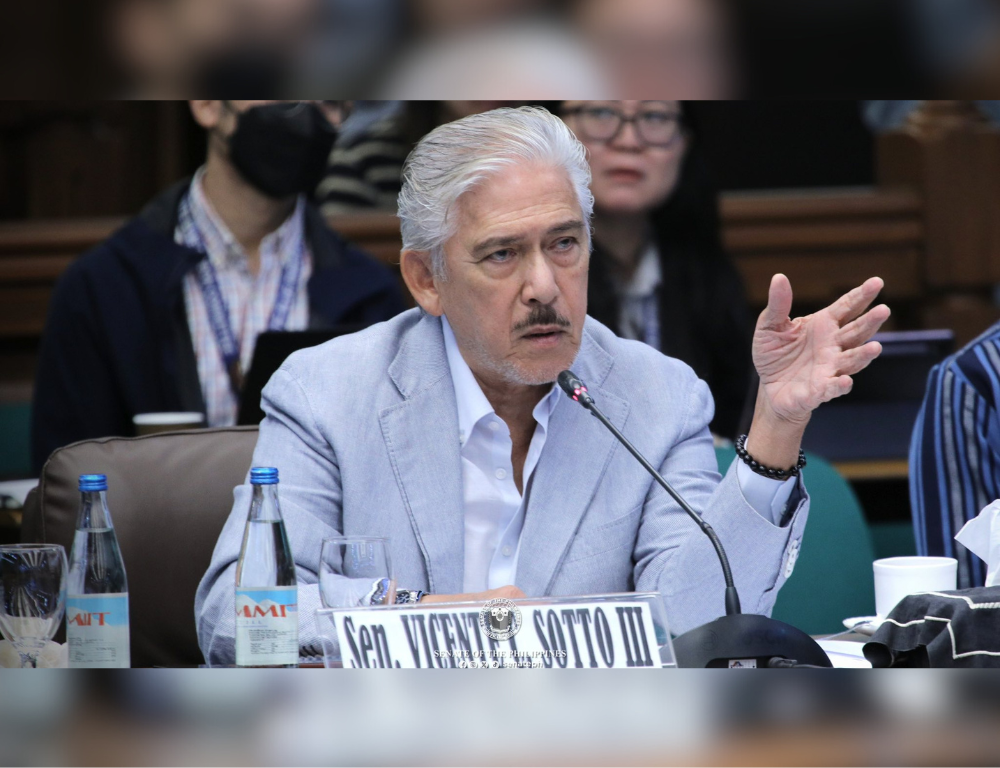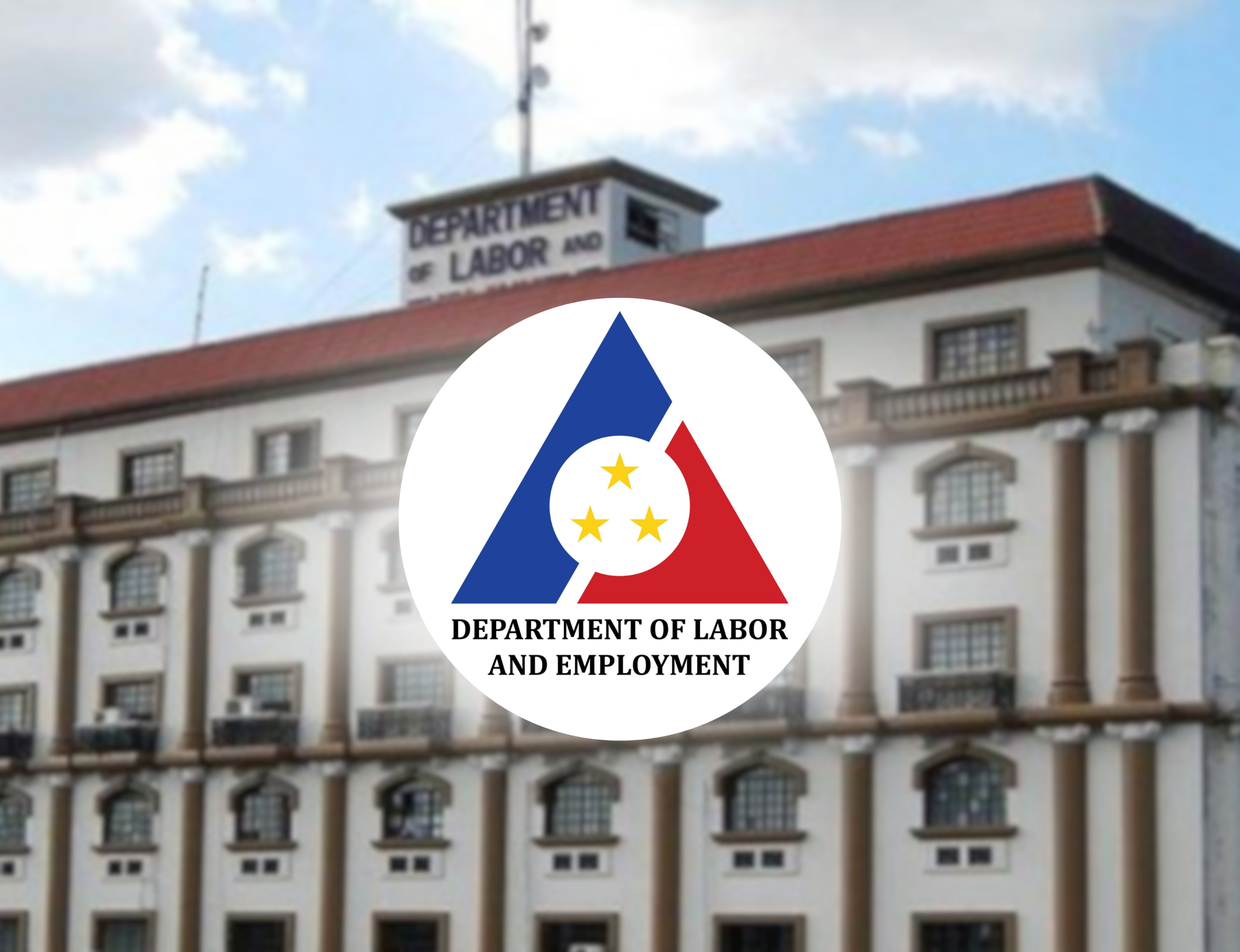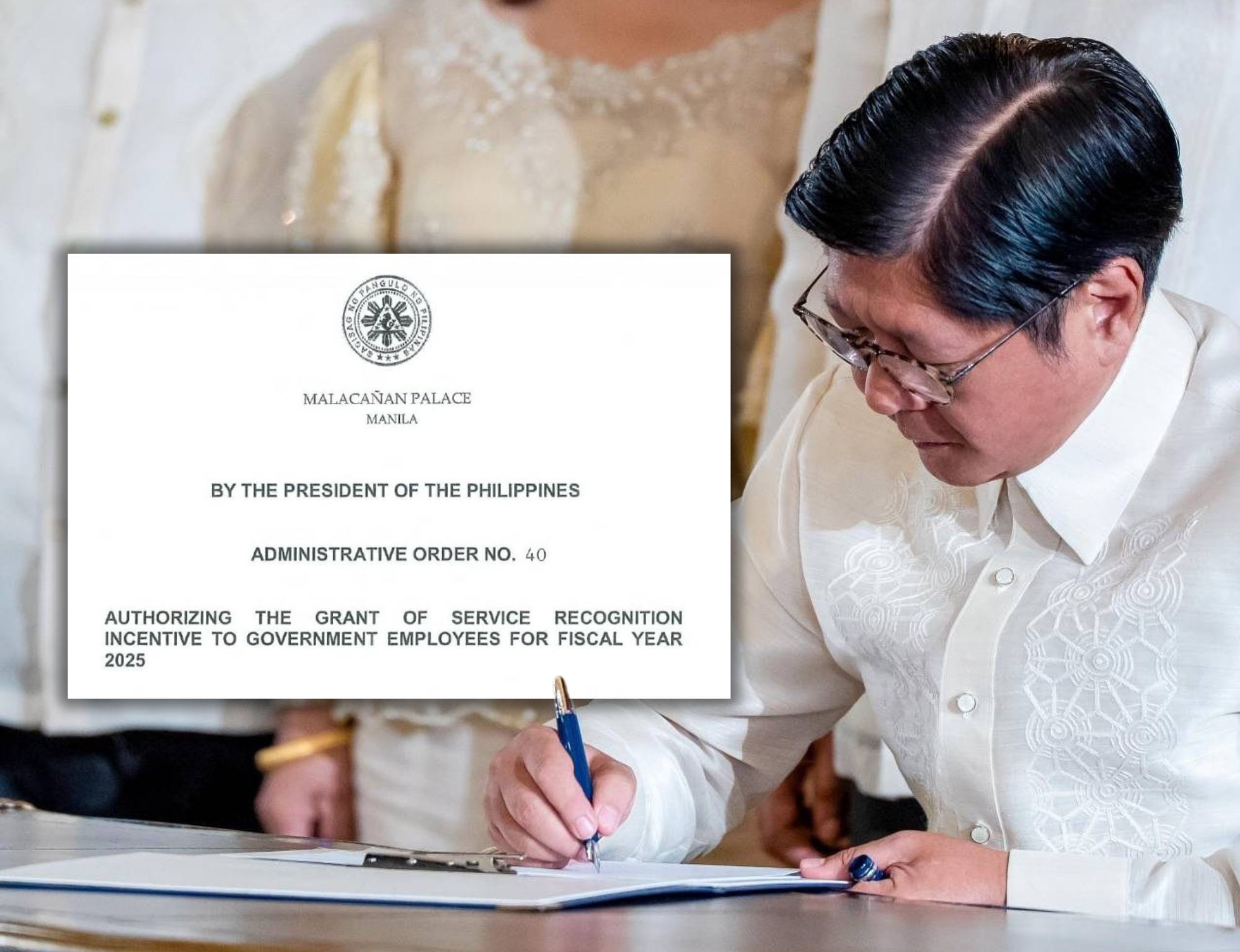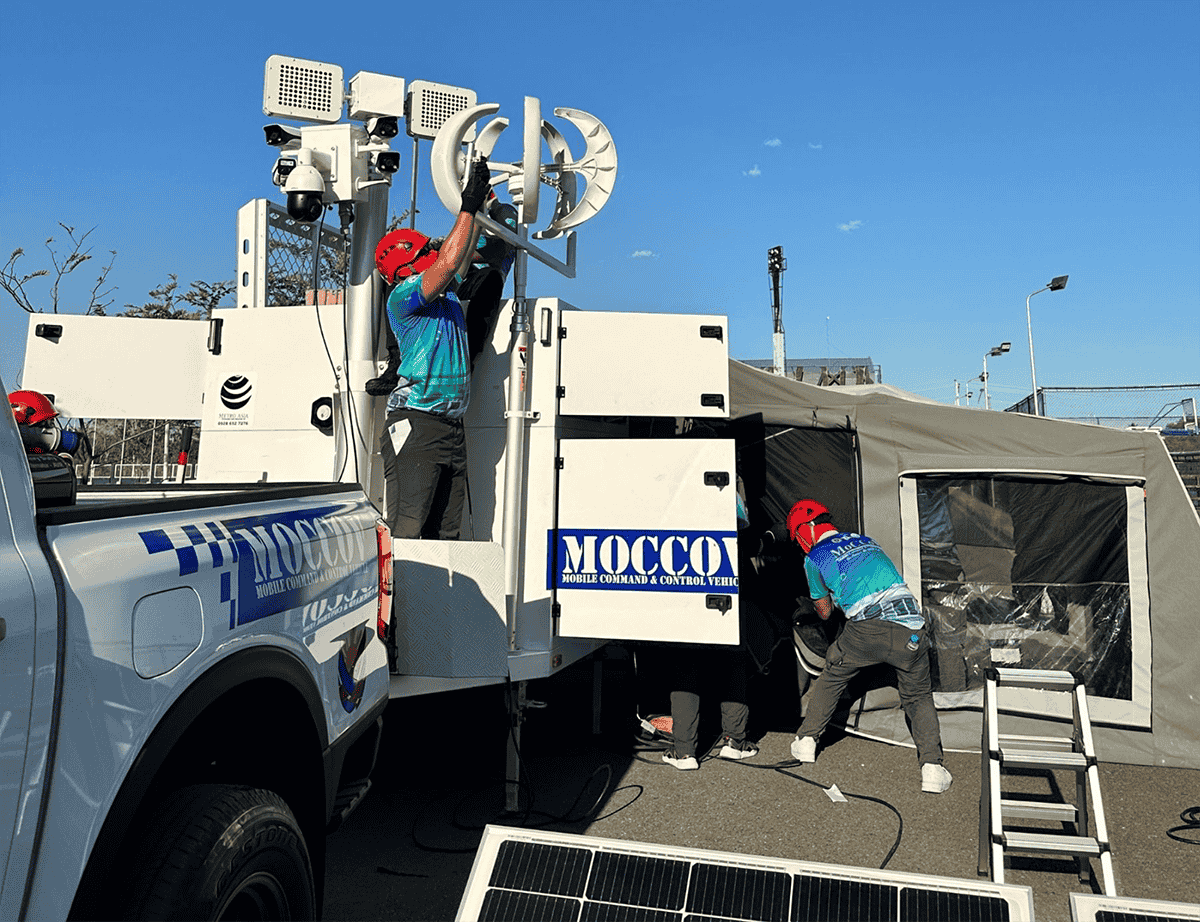
In his second State of the Nation Address (SONA), President Ferdinand R. Marcos Jr. called on government agencies to build “more adaptable, agile, and effective” response teams to improve disaster preparedness and disaster resilience given the country’s vulnerability to natural disasters. President Marcos also reiterated his administration is doing everything in its power to be “alert and prepared” to mitigate the potential impact of different calamities.
Improving disaster preparedness and response is exactly what the Department of Science and Technology (DOST) is aiming to do with the Mobile Command and Control Vehicle with Triage Technology (MoCCoV).
MoCCoV, the brainchild of Filipino inventor Dennis Abella, is a mobile unit for enhanced emergency response. It is equipped with the latest state-of-the-art technologies and was developed with the DOST’s full support—specifically a financial grant from the agency’s Community Empowerment through Science and Technology (CEST) program.
The DOST’s CEST program aims to provide livelihood and alleviate poverty in remote communities. It is also in charge with the provision and transfer of technology-based projects to meet community challenges in education, health and nutrition, water and sanitation, disaster risk reduction, and industry development or livelihood.
MoCCoV: Enhancing Disaster Response with Modern Features, State-of-the-Art Equipment
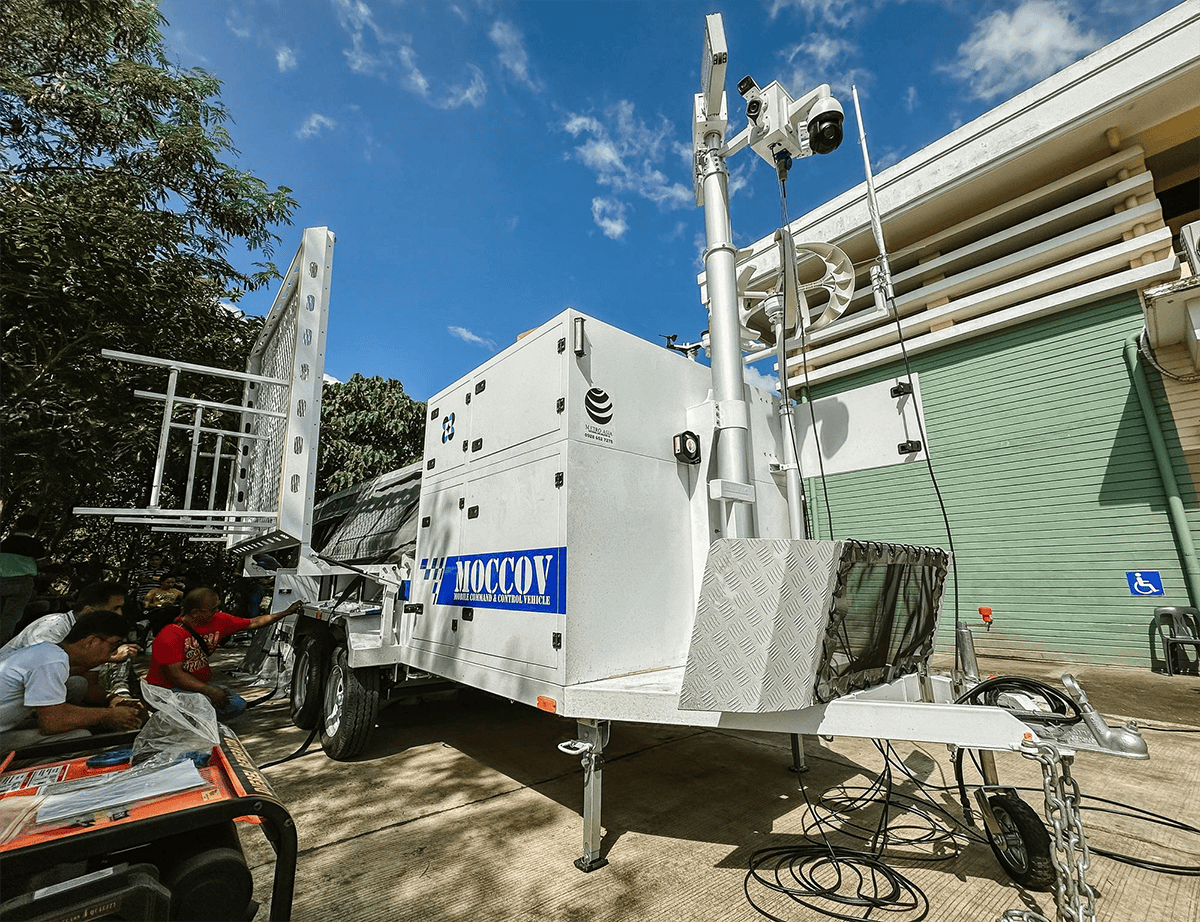
The MoCCoV features advanced equipment that will help ensure faster, more effective, and more comprehensive disaster response. It also comes with digitalized facilities that allow every unit to serve as a central hub or incident command center, allowing responders to quickly assess and prioritize victims’ needs during crises and enhancing overall disaster preparedness and response. In other words, the MoCCoV is specifically and purposefully designed to provide a portable and self-contained operational space for managing and directing activities in the field.
Among the hi-tech features of DOST’s MoCCoV are a state-of-the-art triage system for efficient disaster management and global satellite communication and surveillance capabilities. Every unit also comes with a weather monitoring station, a rescue quadcopter drone, and rescue and medical equipment. It even has a portable boat for rescue operations in case of flooding. Equally critical, MoCCoV units won’t have to worry about power outages that could hinder rescue operations as they are equipped with solar and wind power supply capabilities for sustainable, uninterrupted operations.
Put simply, every MoCCoV unit has most everything emergency responders and disaster response teams need to coordinate effective, efficient, and safe operations in times of crises—wherever, whenever. It supports the rapid deployment of a disaster response command center, especially in remote areas. It also mobilizes resources and enables swift coordination and communication among national and local government agencies responding to disasters or emergencies.
The DOST rolled out in July 2022 its very first MoCCoV unit in San Fernando, Pampanga in a celebration that kicked off National Disaster Resilience Month. This pilot MOCCOV unit was a joint project of the DOST Region 3, the Office of Civil Defense Region 3, and the Office of Senator Joel Villanueva.
Since then, the DOST has rolled out MoCCoV units to other localities as part of the agency’s larger goal to equip local government units with their very own MoCCoV. In January 22, 2024, for instance, the agency handed over a unit to the local government of Caloocan in a turnover ceremony held at the Caloocan Sports Complex in the City of Caloocan.
A year after receiving its very own MoCCoV unit, the local government of Caloocan is grateful for all the benefits the city is getting from this modern mobile center.
“We are very grateful, especially the City Disaster Risk Reduction and Management Department, for having this MoCCoV,… Our response will be evidence-based because it is equipped with technology for us to assess the actual situation and weather forecast,” said Denver Robles, an administrative aide for the Caloocan City Disaster Risk Reduction and Management Department. “We will realize what measures we should take on the field. We are not blindsided. With the help of MoCCoV, with the right technology, we can visualize the progress of our emergency response. That is how good our MoCCoV is. Having said that, it is very positive and impactful to have MoCCoV.”
Ultimately, MoCCoV units are all about saving lives and keeping Filipinos safe in times of disaster. These hi-tech unit ensures that by equipping emergency responders and local governments with the tools and information they need when crises strike.
“MoCCoV is a big help because here in Caloocan, even though we are a highly urbanized city, we still have places and communities that are still underdeveloped. They are more exposed and have a potential risk to experience the effects of calamities. With the help of MoCCoV, we prepositioned our resources so that even if there is no disaster, our resources are already prepared and in position. We are able to do that because it is very mobile,” added Robles.
So far, aside from Caloocan and Taguig in Metro Manila, the provinces of Bulacan, Camiguin, and Nueva Ecija also have this state-of-the-art mobile unit courtesy of the DOST. This only means these localities now have a state-of-the-art mobile center for enhanced disaster risk reduction and emergency response efforts. In time, more cities and provinces will have their very own MoCCoV units to ensure fast, efficient, and effective disaster response and improved resiliency efforts.
The latest beneficiary is the province of Bataan, which received on November 12, 2024 its own MoCCoV unit, also under the DOST’s CEST program. The unit was turned over to Bataan governor Joet Garcia, who thanked the agency’s unwavering support to the province’s disaster preparedness and response efforts.
“I believe that the MoCCoV will be a great help for the Province of Bataan, ensuring that we are always prepared and quick to respond to any emergency situations if the need arises,” Governor Garcia said.
Disaster Resilience at the Core of DOST’s Mandate and PBBM’s Vision
For the longest time, the DOST has been among the government agencies tasked to help out in ensuring nationwide disaster resilience through innovations like the MoCCoV. The agency is specifically in charge of developing technologies and innovations aimed at preventing or at least minimizing the damage and losses caused by natural disasters and calamities, like earthquakes, flooding, landslides, and volcanic eruptions.
DOST Secretary Renato U. Solidum Jr., though, emphasized during the opening of the 2024 Handa Pilipinas: Innovations in Disaster Resilience Luzon Leg on July 3, 2024, that resilience is not only about surviving a natural disaster and telling a tale or two about it. According to Solidum, resilience is being able to adopt, resist, transform, and recover from the effects of a hazard in a timely and efficient manner.
“Resilience is moving beyond merely surviving the impacts of disasters,” stressed Solidum. “But instead making resilience a way of life, embedded in our households, schools, communities, businesses, economy, and governance,” the DOST secretary said in his opening keynote.
At the moment, Solidum believes the Philippines is ready to deal with the fallout of smaller-scale disasters with the leadership of local government units and help from the different government agencies—the DOST included. However, major large-scale calamities, according to the secretary, are a different thing entirely and will require the agency and every other stakeholder to do even more.
It is a daunting challenge to say the least, but the DOST is not backing down one bit from it. On the contrary, the agency is embracing it with three vital goals serving as the agency’s guiding light: Reducing the various risks prior to hazard occurrence, strengthening infrastructure, and ensuring buildings and other structures are useful before and after disasters.
The agency’s MoCCoV units are testament to the agency’s continuing efforts to promote disaster resilience throughout the country. Designed primarily for fast, well-coordinated emergency response, these state-of-the-art mobile centers also have monitoring capabilities that can help local government units and disaster risk and reduction teams gain necessary information to make immediate, decisive, and data-driven decisions before, during, and after a disaster.
Rolling out MoCCoV units nationwide is a positive step towards making the Philippines disaster-resilient. To that end, the DOST’s ultimate goal in the long term is to equip as many LGUs, if not all of them, with a MoCCoV unit as disasters can strike anywhere in the country at any time. The agency is a long ways to go towards fulfilling that ambitious goal, but with PBBM advocating for enhanced disaster resilience and better emergency response, the DOST will continue providing cities in the country with their very own MoCCoV so they can better respond to disasters and emergencies.
Indeed, Solidum is right: The road to resiliency is still long and hard. But the DOST is prepared to lead the way with innovation as keystone.
With the Philippines always at great risk of natural disasters, more of these MoCCoV units are needed throughout the country. The DOST is working double time to fulfill this crucial need and, in the process, build the kind of adaptable, agile, and effective response teams President Marcos envisions. In doing so, it will also ensure the disaster-resilient future the agency is hoping to achieve for Filipinos.






